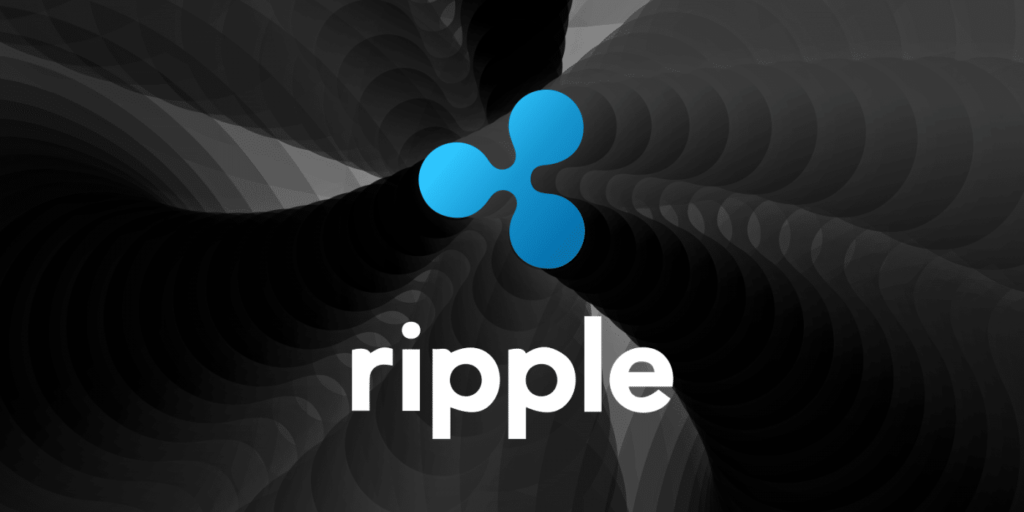TLDR
- Ripple CEO Brad Garlinghouse emphasized that XRP can move value across borders in just three seconds.
- XRP is positioned as a practical tool for banks seeking real-time international transactions.
- Ripple’s model allows banks to avoid prefunding using XRP for on-demand liquidity in major currencies.
- XRP helps financial institutions reduce costs and free up capital by eliminating the need for multiple currency reserves.
- Unlike Bitcoin, XRP is optimized for speed and scalability, making it suitable for institutional financial operations.
Ripple continues to push the boundaries of blockchain innovation, with XRP emerging as a standout digital asset in cross-border finance. XRP’s role in accelerating transaction speeds is now central to Ripple’s strategy, especially in addressing global payment inefficiencies. In a video clip shared by Rowen Exchange on X, Ripple CEO Brad Garlinghouse recently emphasized XRP’s unique capabilities.
XRP Powers Instant Transfers Across Borders
Ripple’s XRP facilitates value transfers in approximately three seconds, a significant advantage in the financial sector. This capability contrasts with Bitcoin (BTC), which can take over ten minutes for a single transaction. Consequently, XRP meets the demand for speed in financial operations.
Rapid transaction processing offers more than convenience; it directly supports real-time settlement in cross-border payments. This becomes crucial for banks managing liquidity across jurisdictions. Moreover, faster settlements contribute to reduced operational delays and improved financial coordination.
Garlinghouse underscored XRP’s role beyond speculative use, focusing on utility within institutional finance. XRP supports high-volume, low-latency transactions, making it scalable for global financial systems. In this context, it addresses real-time needs in sectors where transaction time is critical.
Brad Garlinghouse: "XRP moves value in seconds" pic.twitter.com/1eojAoATuY
— Rowen Exchange (@RowenExchange) May 14, 2025
Ripple Uses XRP to Unlock Bank Liquidity
Banks traditionally rely on prefunded accounts in various currencies to support cross-border payments. Ripple’s model, using XRP for on-demand liquidity, removes the need for such reserves. As a result, institutions can access liquidity denominated in major fiat currencies through XRP.
This system streamlines operations and enables institutions to move capital more efficiently across regions. It also frees up previously locked funds, improving overall cash flow management. Additionally, the model reduces dependency on intermediaries, which often increase transaction time and cost.
By offering real-time access to liquidity, XRP provides a more responsive and cost-effective method for international payments. Financial institutions benefit from both lower overhead and faster settlement cycles. Therefore, digital assets directly improve the infrastructure that supports global financial exchanges.
Bridging the Gap Between Banks
Ripple aims to bridge institutional payment networks by offering XRP as a bridge currency for seamless international transactions. This reduces the need to hold multiple currency reserves across borders. Furthermore, it promotes cost reduction and capital efficiency for participating banks.
Traditional methods for moving funds internationally remain slow and fragmented. Ripple’s solution, powered by XRP, addresses these inefficiencies through blockchain technology. The system ensures quicker settlements and transparent tracking throughout the transaction process.






